US wants to imitate Danish wind city – only bigger
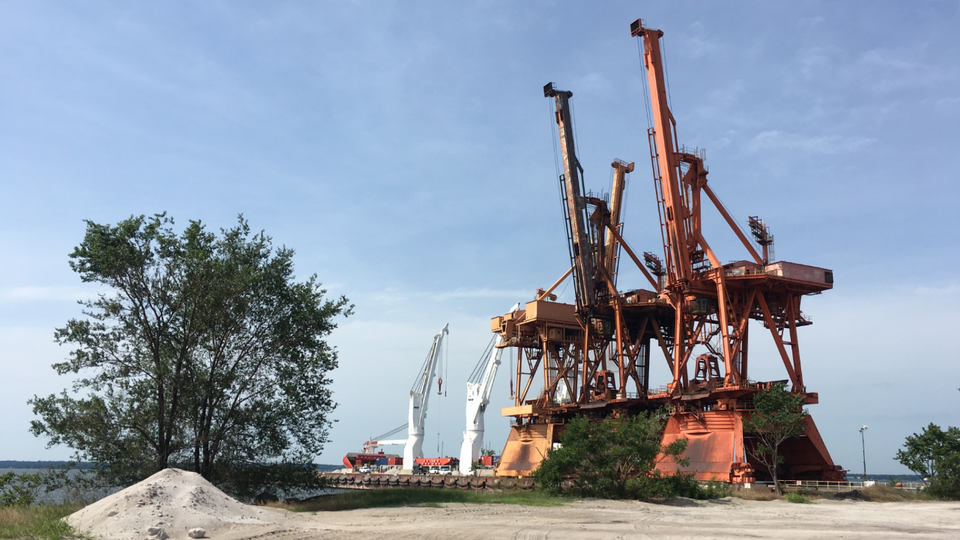
BALTIMORE
A standing invitation to Baltimore has been extended to all Danish offshore wind suppliers – both large companies and minor subcontractors. The infamous city north of Washington DC is known for its high crime statistics, but also for being one of the most ambitious states in the field of offshore wind.
If would be a shame if the Danish turbine experts are intimidated by the 400 annual murders or the fact that the city has lost around 75,000 jobs since 1990. Despite the city's issues with poverty and crime, there are substantial opportunities for wind developers. At least for those, willing to take a risk.
The potential lies in the fact that Baltimore is giving it all there is in the effort to become a wind hub for the US east coast. This could restore some of the industry which was diminished during the 1980s and '90s and then completely eradicated with the financial recession in 2008.
Abandoned manufacturing gem
The new focus on wind is particularly evident at the city's old steel plant Sparrows Point. The steel plant – or what is left of it – is located on an artificial peninsula approximately 20 kilometers east of downtown Baltimore. Outside of the city, where houses have been patched with cardboard and the unemployment rate is sky-high, it can be hard to spot the high level of ambition. Not least because there is only one dilapidated building left from the old steel plant and a partially demolished coal power plant sticking out in the middle of nowhere. The steel mill went bankrupt – after several attempts at rescue – in 2012. It has been abandoned since.
"Industry saw it as an ideal location more than a hundred years ago. In 2017 it is more so and what we are doing is transitioning a former 19th century industrial site into a 21st century industrial site and logistics center. That involves large-scale buildings that will support manufacturing, warehousing, and distribution," says Aaron Tomarchio, Vice President of Corporate Affairs at Tradepoint Atlantic.
Investors want wind
The project will shed the name Sparrows Point and be reborn as Tradepoint Atlantic. A new name to signal new things to come, under new ownership. The old steel rolling mill was acquired in 2014 by two funds, owned by familiy offices rooted in Chicago and Baltimore. The ambition is to recreate the area as a modern industry and secure returns for many years ahead, is the response to questions about the funding capital.
The plans are long-term and the conversion work has already begun. We take one of the company's big pickups to the site. Suddenly the truck does not seem all that big, as the site is full of bulldozers and oversize vehicles larger than most regular houses in Denmark.
We head to the southeast end of the area, where room is being made for the wind industry, near the deepsea reservoir and the piers.
"The State of Maryland has looked at this site and found it to be a place where the offshore wind industry could root itself not only for the project planned here in Maryland but for the projects planned along the entire east coast. It makes perfect sense due to the amount of space here, our location and access to port, rail and road. Maryland is embracing offshore wind and the developers have seen the value and potential of a place like this," says Tomarchio.
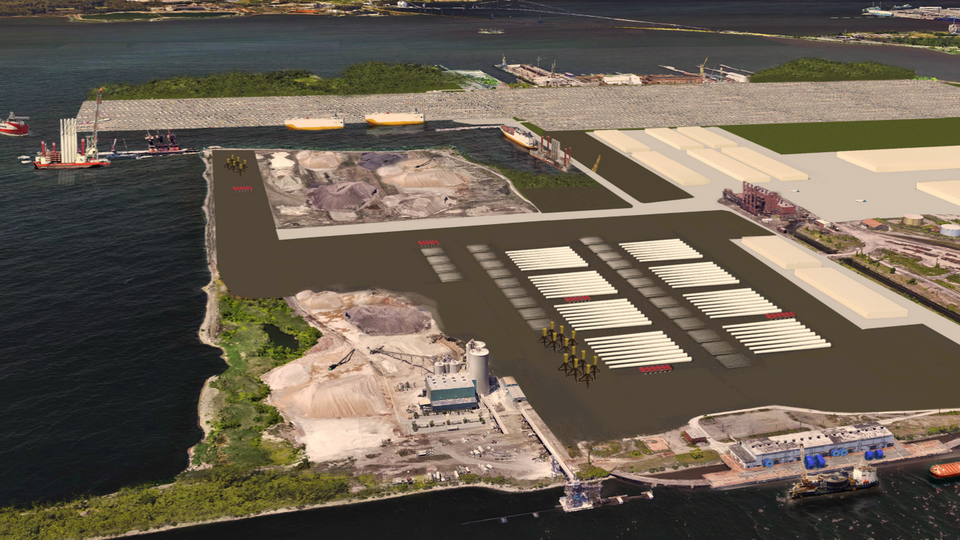
This is an approximation of how Tradepoint Atlantic thinks the new wind site will look in computer graphics.
Bladt and NKT pay a visit
It is too soon to say if the European wind industry also wants to embrace Tradepoint Atlantic as its new US homestead. But the fact is that several Danish companies including LM Wind Power, Ramboll, Bladt Industries, NKT Cables, and Dong Energy have participated in networking meetings in Baltimore. And if you believe the employees of Tradepoint Atlantic, there are many Danish companies in talks with US firms for potential joint ventures in order to get the area's production going.
All of this serves the purpose of being prepared for the possible five GW pipeline in offshore wind along the US east coast.
"The key is the establishment of some kind of pipeline. The US is for the first time in my life really an emerging market for something – offshore wind energy. There are many leases that have already been executed along the Atlantic and it does look like this industry is really solidifying now. This place is ideally located to be a key component in the offshore wind sector that is to come. It would make perfect sense for companies like GE, Siemens Gamesa, and MHI Vestas to have some kind of value adding final assembly here. We have been preparing this site for exactly that kind of industry and the state of Maryland has many tax benefits in place that foreign manufactures could make use of," says Jeff Keever from the port operator Host Terminals.
He has previously served as head of the port authority in the neighbor state of Virginia so he knows how important it is, not only to get support from the states, but also from the US federal government. This task can seem overwhelming with the new US President Donald Trump.
"I am not familiar with another facility anyplace along the east coast with the same size and possibilities as this site. Our site plays incredibly well into the administration's narrative that they are trying to create for the American people. This is a site that was once a symbol of American industrial might that declined over the years. As a result you have a community along the site with more than 30,000 who earned their living from this place. It has left a huge hole that the site is no more. This redevelopment is an attempt to recreate this site as a 21 century site which will benefit both the economy of Maryland and of the people of Baltimore. Offshore wind is a part of this attempt," says Keever.
However, this narrative comes at a cost. While it remains unclear if the many projects on the offshore wind drawing board in the US will be realized, the investments at Tradepoint Atlantic are roaring ahead. The owners spent USD 72 million on the old steel mill. After 100 years of steel production, where environmental considerations were not exactly a key focus point, costs accumulated significantly. According to the purchasing agreement, it would take at least USD 48 million to clean it up. Yet this number is likely much greater.
But Tradepoint Atlantic will not be the company to pay for the coming production facilities that are needed to enable the rise of a wind industry. The manufacturers will have to pay themselves. Tradepoint Atlantic will earn money by leasing the space. A few tenants have already moved in. This includes two giant warehouses that function as logistics centers for the packaging company FedEx and the sportswear company Under Armour.
"Our hope is that the first mover advantage really will put Maryland ahead and draw the path for an entire offshore wind industry based here in Baltimore. When I saw this site my first thought was that this could become the new Esbjerg [in Denmark, -ed.]. The transition required is the same here as in Esbjerg 25 years ago. Many people in the US are unfamiliar with the size of offshore wind components, so really not that many places along the east coast are prepared for this new industry," Keever says.
So while the steel rolling mill is put to bed, Tradepoint Atlantic gets ready to come into being. All they need now is for the European wind industry to notice the area.
English Edit: Gretchen Deverell Pedersen
Trump cannot stop renewable energy in the US
US shale boss predicts that offshore oil will soon die out
Related articles
Trump cannot stop renewable energy in the US
For subscribers
US shale boss predicts that offshore oil will soon die out
For subscribers
Warren Buffett company applies to install 1 GW
For subscribers

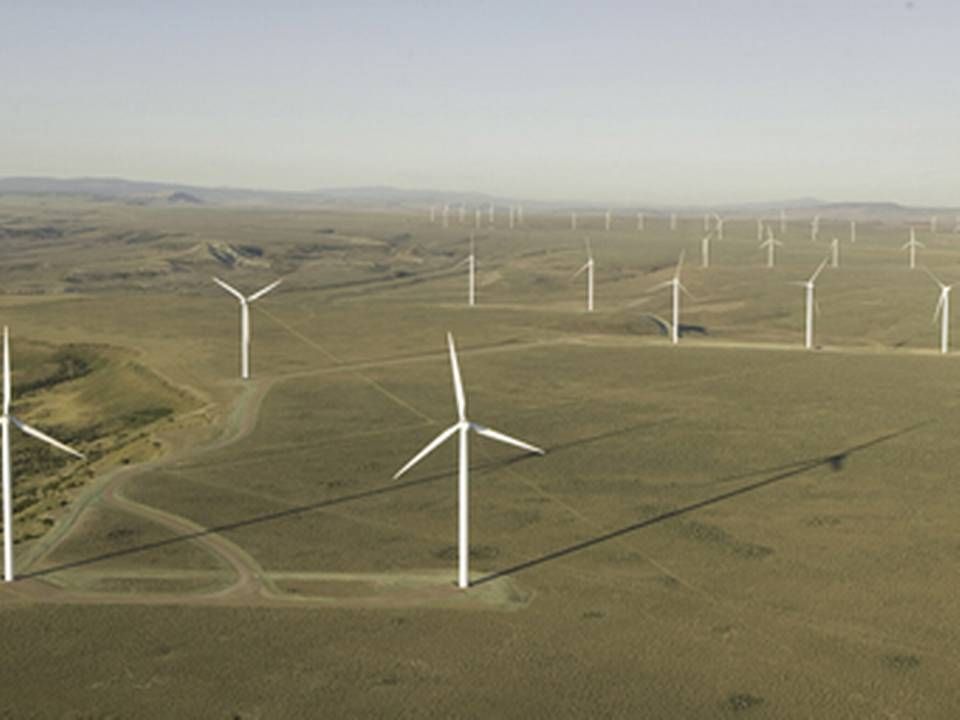
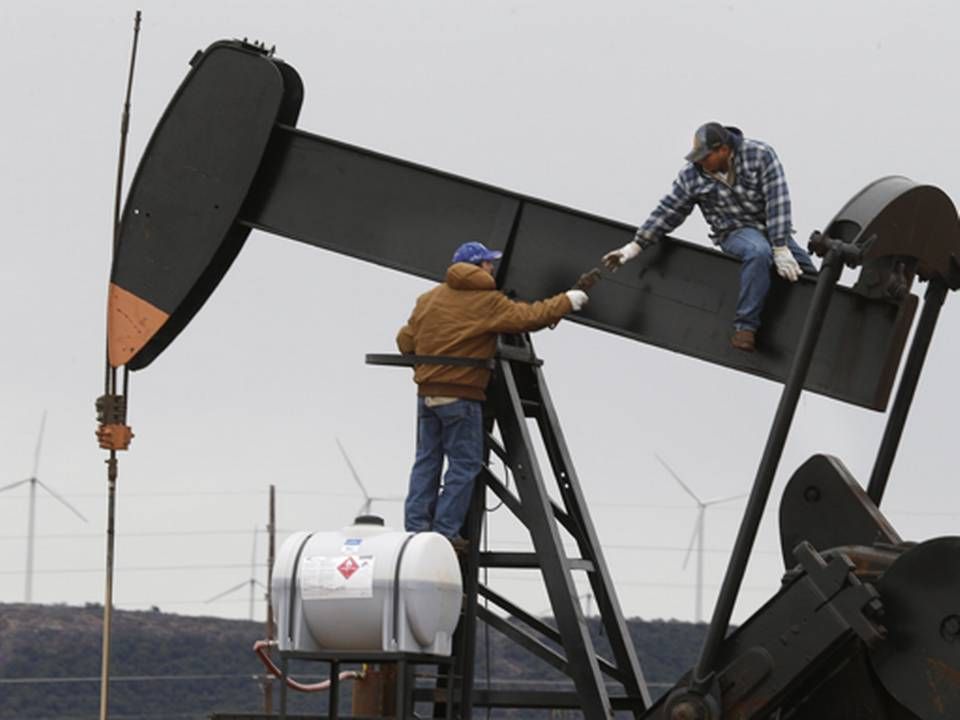
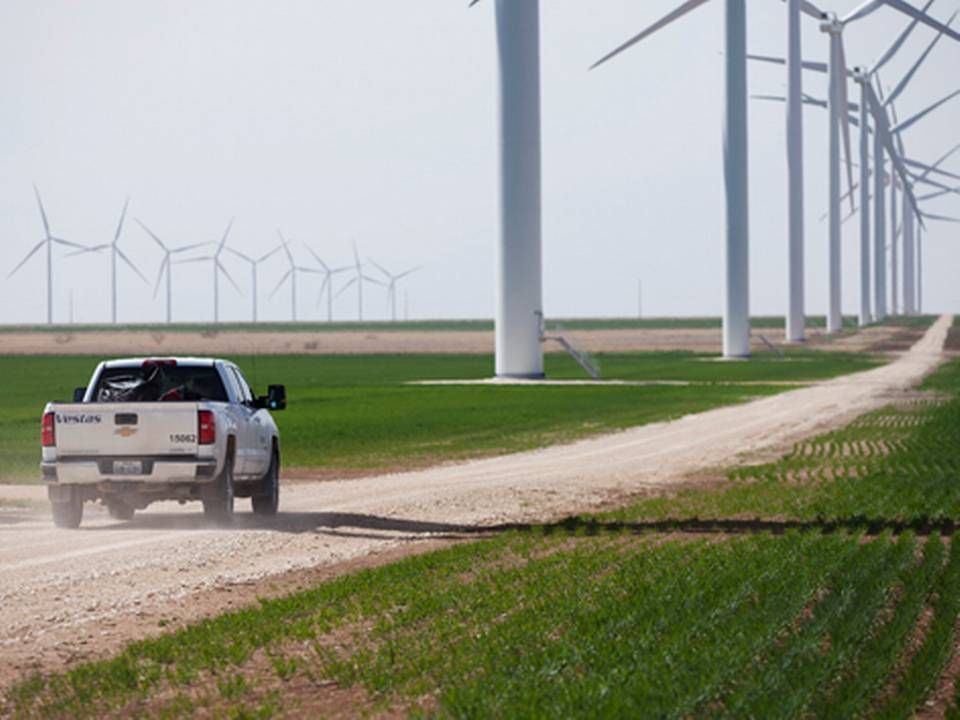














.jpg&w=384&q=75)






